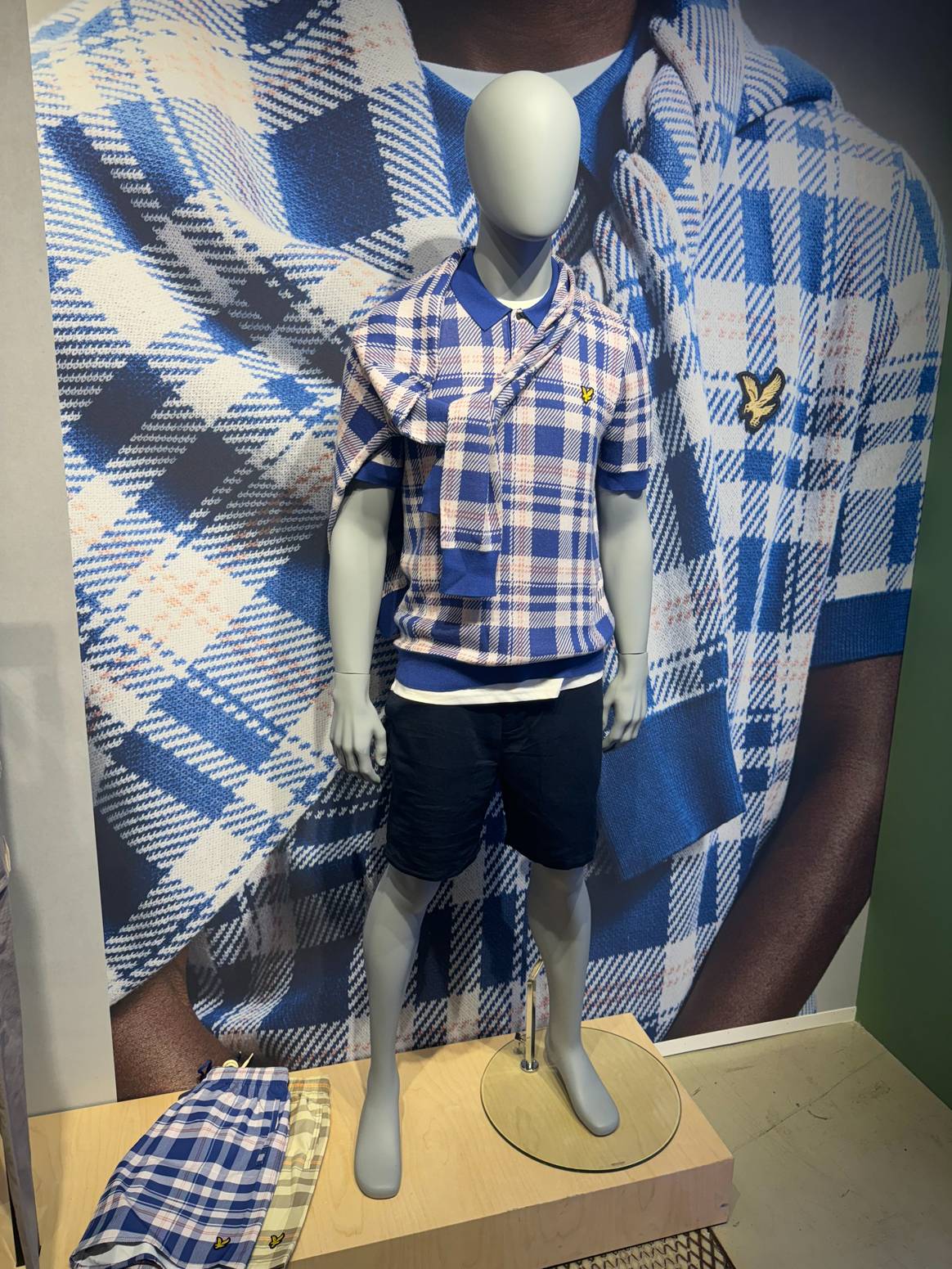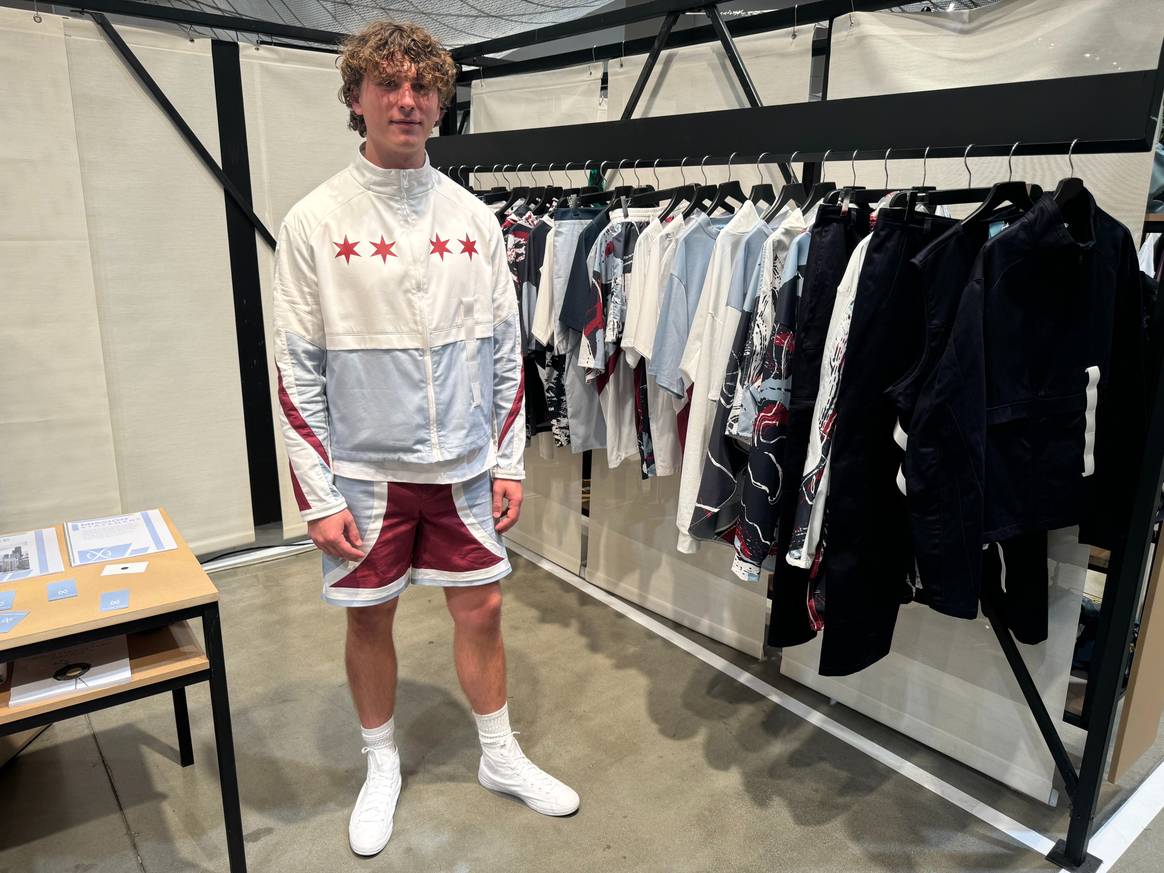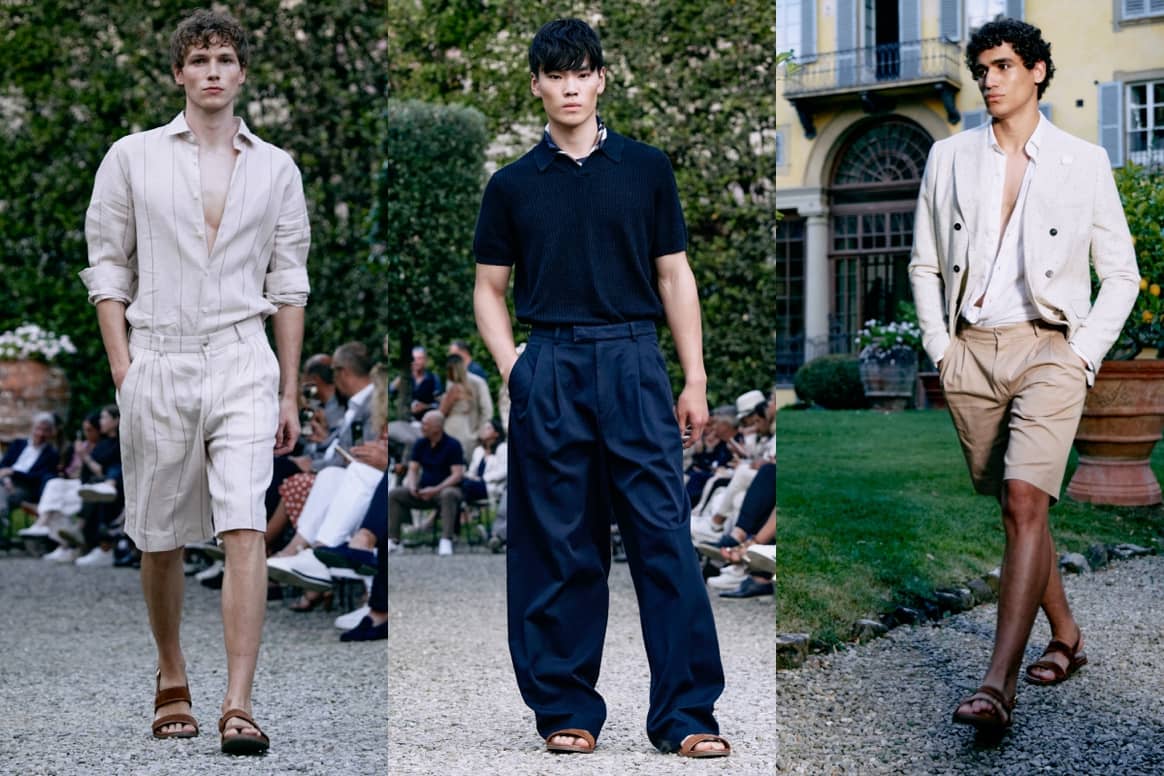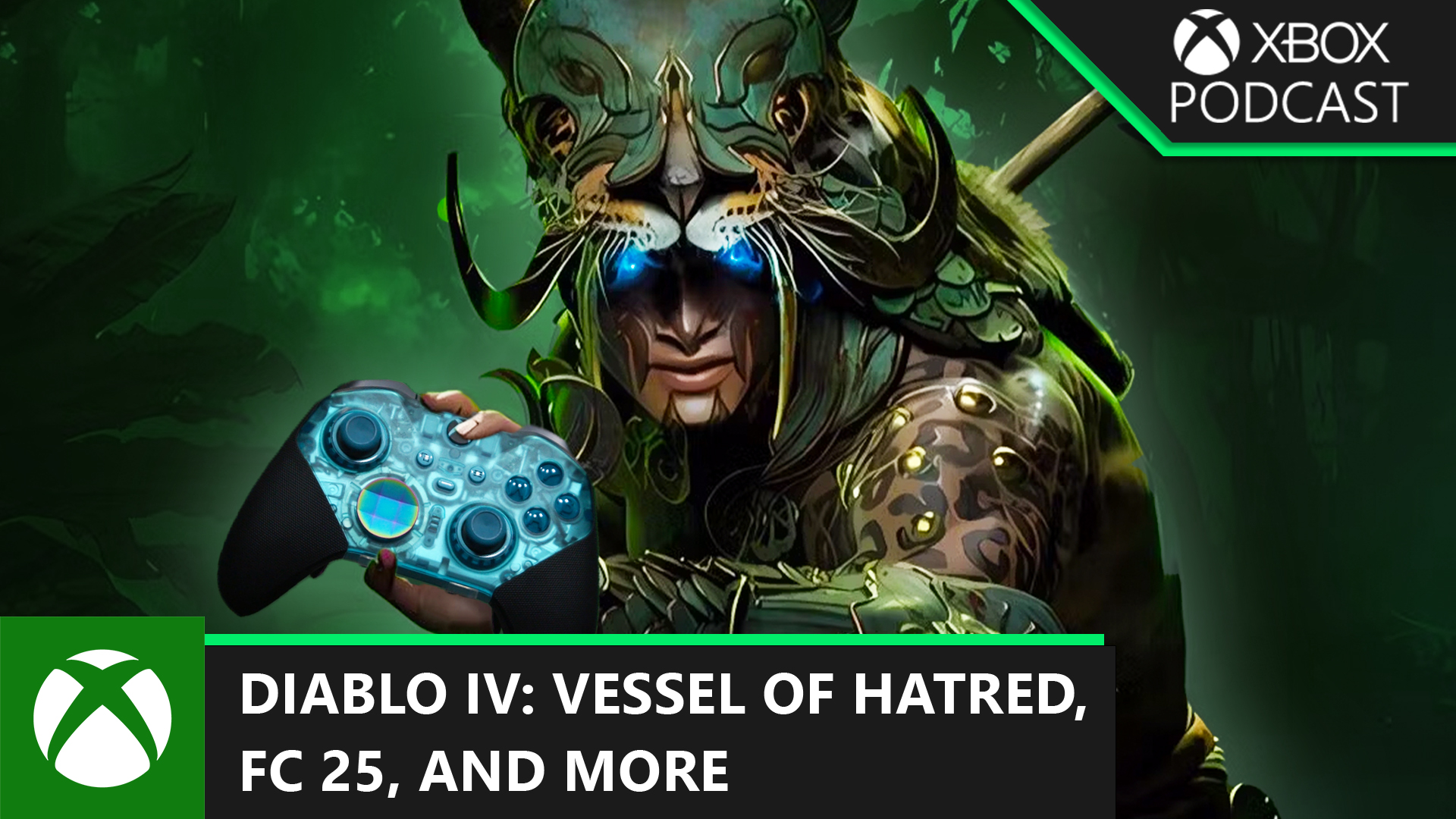Full aisles, good moods and a more fashionable feel all round, with lots of colour and an influx of casual looks: this was what the 106th Pitti Uomo offered this week.
“We are very satisfied, even though the overall situation is not easy,” summed up Raffaello Napoleone, CEO of trade fair organiser Pitti Immagine. “In fact, we have experienced in the past that Pitti Uomo performs very well in difficult times like these, because it offers the only opportunity to meet the entire menswear supply chain in just a few hours.”
According to initial estimates published by Pitti Immagine on Thursday afternoon, the organiser expects around 11,000 visitors to have attended overall, 45 percent of whom are from abroad. Overall, the numbers increased slightly compared to the previous year’s summer edition, mainly due to international buyers.
Elsewhere, the number of Italian guests fell short of expectations and decreased by 6 percent. The countries with the strongest representation of visitors were – in this order – Germany, the Netherlands, the UK, Spain, Japan, Turkey, the US, France, Switzerland, Austria, Belgium, South Korea, Poland and Russia.
Exhibitors and visitors leave impressed
Many of the exhibitors were satisfied with the good exchanges, including the string of joint problem-solving and new strategies, the head of Pitti continued. This was also due to the growing number of visitors, which was particularly strong on the first two days – up to 20 percent more buyers from some countries, such as Germany, were on site.
Swiss market expert Monique Fischer was also impressed by the trade fair as a visitor and was pleased about an international contingent, for which there was a particularly high proportion of German brands. “Pitti Uomo is the trade fair you have to visit,” said the product and marketing strategies specialist. Her peer Heinz Ramseier agreed, adding that he saw Pitti Uomo as the “leading trade fair worldwide”.
Nevertheless, the founder of the management consultancy BlueDom criticised the lack of innovation in product presentation and digitalisation of brands at the stand, commenting: “Brands have to be more lively.” On Thursday, there was also “less life” in terms of footfall at the exhibition stands, which continued into Friday. Despite this, Pitti Immagine stuck to a four-day trade fair, as up to 2,000 visitors were still expected on the last day, some of whom had only just arrived in the morning and were then travelling on to Milan for fashion week.
Some exhibitors, however, were asking themselves whether three days would not have been enough. This also included the German shirt specialist Eterna, who noticed significantly less footfall in the second half of the trade fair, according to chief sales officer (CSO) Dirk Heper, who represented the brand through a smaller presence in terms of goods and staff for its 1863 line on the last day.
Summer shirts without the ‘summer’
Having said that, Heper expressed satisfaction with the event. “It was simply great, because it was the first time for us, and absolutely confirmed the decision to be here,” said the sales manager. The more difficult topics, such as the current overall socio-economic situation and the “non-existent summer” in the domestic market, were also not left out of the discussions. “As a shirt specialist, we already have certain proportions in short sleeves, particularly in the German market, and this segment is really heavily dependent on the weather,” Heper added.
Other suppliers, such as Olymp, were reacting to the more reserved demand for formal wear, on the other hand, with investments in a broader range. As such, and among other things, Olymp wants to focus more on T-shirts, said Elias Banai, area sales manager North at Olymp Bezner KG.
While the weather in Central Europe has not been very promising, the sun was shining in Florence at 27 degrees. In keeping with this, more and more shirt suppliers who were not from Italy were offering loose and casual shirts in addition to their classic formal wear. Whether in the Italian style of beige with an open collar or with lots of colour and patterns, companies such as the Californian brand Robert Talbott, the French-Indian brand Mii and the British brand Ben Sherman exhibited how a shirt can be both chic and cool.
Linen and summer checks
When it comes to materials, linen – 100 percent or as a blend – appeared to play a special role for SS25, appearing as a must-have in every collection, despite seeing impact from the steadily rising raw material prices. Robert Talbott, who offers short-sleeved linen shirts in the higher-priced segment for 245 to 275 euros, made adjustments of up to 15 percent, for example. Other suppliers, such as Eterna, were able to keep their prices stable overall.

Lyle & Scott played with rather atypical patterns for summer and presented a polo shirt with a light tartan as part of its new, more upscale Reframed line, which the Scottish brand first presented in a different colourway in autumn. The brand, which is celebrating its 150th anniversary this year and was also presenting numerous collaborations at the fair – such as for kidswear with the German toy brand Playmobil – was not alone with the summer tartan. Other brands such as Marine Serre also combined different tartan patterns, her own in a patchwork coat. The guest designer of the 106th Pitti Uomo used her collection to make a statement for solidarity.

First serve and match point
The “Pitti Lemon” trade fair concept ran like a “yellow thread” through the Fortezza da Basso venue, featuring various on-theme stands from lemonade to flowers among the spatial design. In addition to this, Pitti Uomo referenced the tennis trend, bolstered by specialists such as Macron. With a large stand in the entrance area, the Italian tennis brand tried to actively attract visitors to the location with a cocktail event, where things ramped up at the end of each day as guests left the grounds, in order to simultaneously present them with its more lifestyle-oriented pieces. Fashion brands such as KNT by Kiton and the cashmere supplier Casheart also showed collections inspired by the sport.

Sport played a further role for trade fair newcomer Drake Piper. The eponymous founder, who comes from Chicago but lives and works in Milan, brought his first collection to the trade show, displaying pieces that mirrored inspiration from various US sports such as lacrosse, baseball and surfing, bridging the gap between a sporty-touch and a streetwear and lifestyle-oriented tendency.

Another to make its debut at Pitti Uomo was the US brand Rag & Bone. The denim specialist, which was acquired by the US fashion group Guess Inc. and the brand management company WHP Global at the beginning of the year, wants to focus more on the European market. The brand is currently available in Europe at retailers such as About You, Breuninger, Apropos and KaDeWe, but plans to open physical stores in select countries over the next year. This would build on the already two existing locations in London, and the 40 stores it currently operates in its home market. Following his appointment, designer Robert Geller repositioned the brand through the merging of three different lines into one larger one, while giving the brand a more casual, lighter touch.
Renaissance of the tie
Casual also seemed to be the keyword overall at Pitti, with many establishing oneselves in the less fashionable middle-grounds. Trend expert Julian Daynov, who had reported good conversations at the fair, drew a positive conclusion overall. He was particularly pleased that the so-called “norm-core” brands of the middle class were changing up their silhouettes. More volume was being played with in pieces such as trousers and shirts for not only experimental, younger brands, but also the more classic main lines. He noted that he was further experiencing the “renaissance of the tie”, an item that is no longer only used in formal wear, but styled with a modern, streetwear-oriented twist with a short-sleeved shirt.
Bugatti was a good reflection of the change Daynov described. At its first fashion show under the direction of chief brand officer Florian Wortmann, the German brand showed a collection that focused on comfort and quality with a more fashionable edge. This included summery shirts and modern knitwear. The brand colours blue, white and brown were particularly prominent among its palette.

This article originally appeared on FashionUnited.DE. Translation and edit by: Rachel Douglass.







